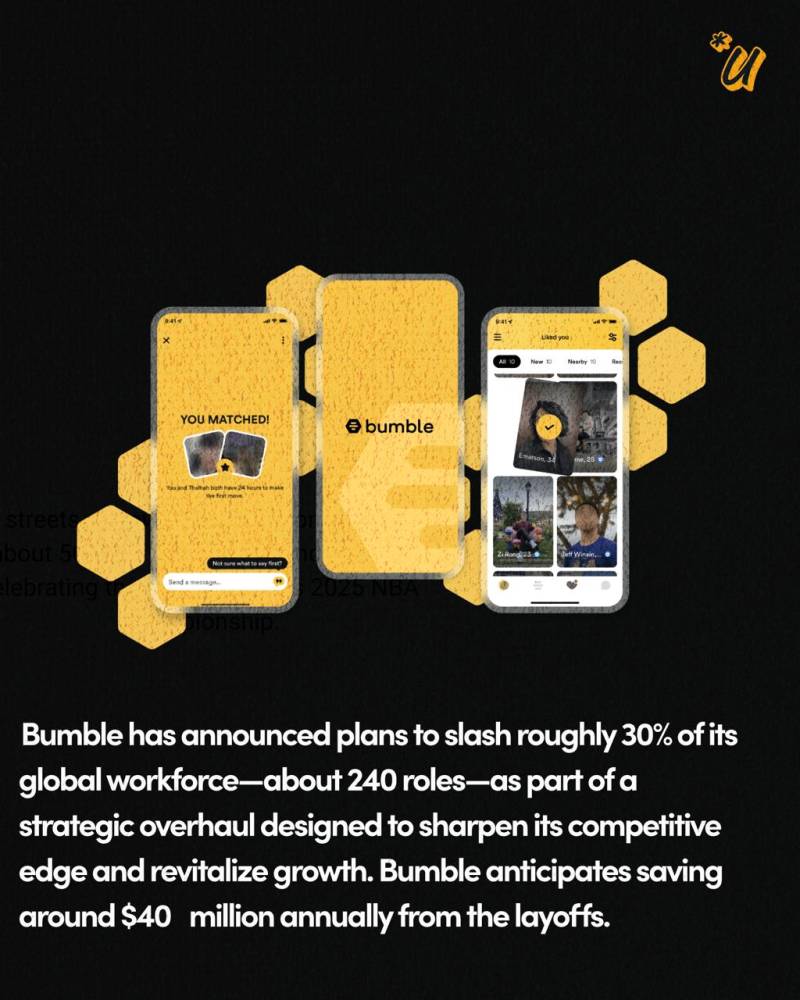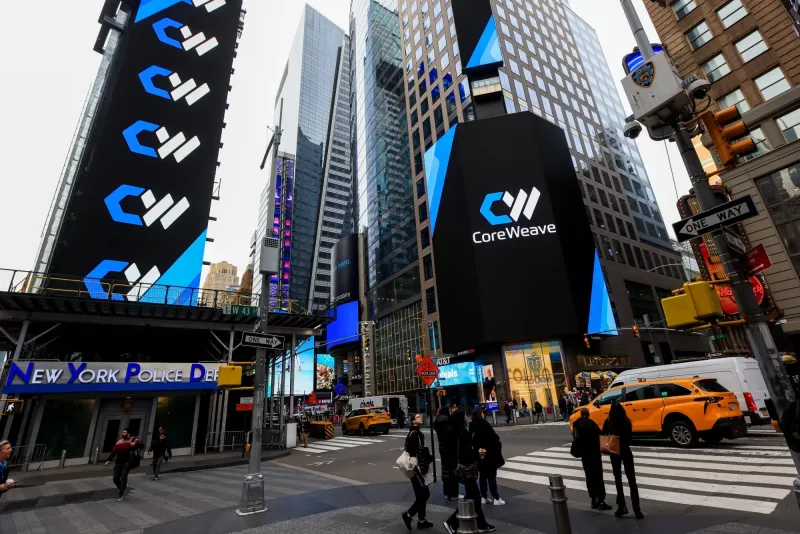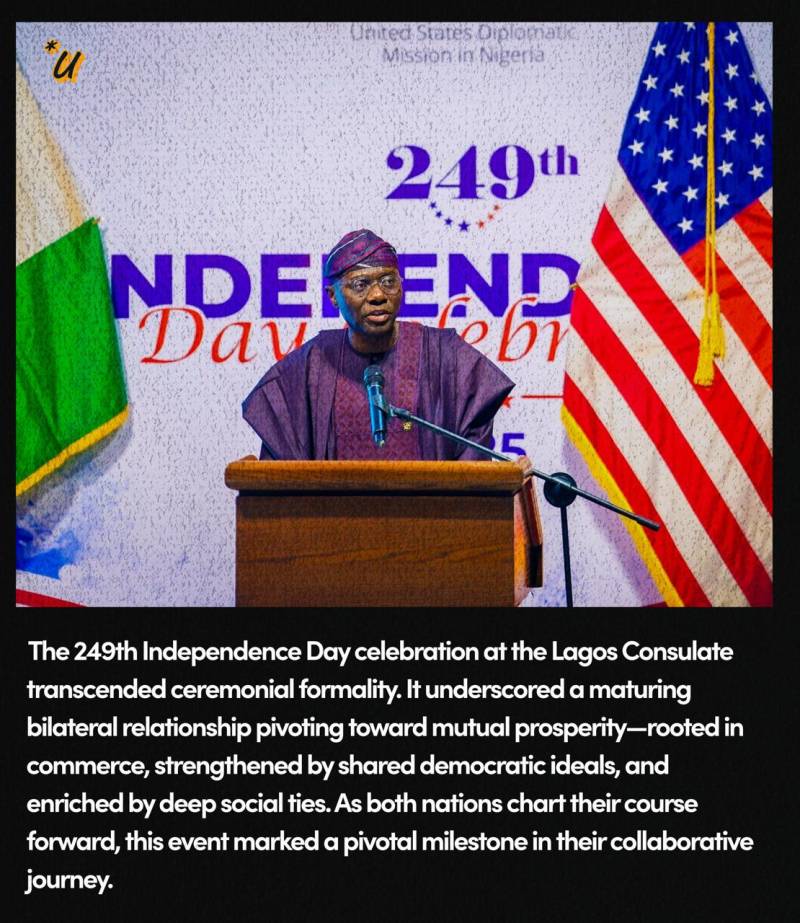In a dramatic pivot that marks a pivotal moment for the dating app industry, Bumble has announced plans to slash roughly 30% of its global workforce—about 240 roles—as part of a strategic overhaul designed to sharpen its competitive edge and revitalize growth. Bumble anticipates saving around $40 million annually from the layoffs. While it will absorb a one-off charge of $13–18 million for severance and related expenses—primarily in Q3 and Q4 2025—the move is designed to free up capital for product innovation and technology enhancements.

Read Also: TikTok Sale‑Or‑Ban Delays - Again

The company has also revised its Q2 revenue projection upwards, now forecasting between $244–249 million, compared to its previous estimate of $235–243 million, signalling cautious optimism from investors. The announcement triggered an immediate reaction in the markets, with Bumble shares jumping between 12% and 26% in premarket trading, underscoring investor confidence in the company's ability to pivot and thrive.
CEO Whitney Wolfe Herd—who returned to the role earlier this year—emphasized the need to infuse Bumble with a renewed startup agility, positioning the brand for “the next decade”. She noted that both Bumble and the entire online dating sector are at an “inflection point”, necessitating decisive actions to stay relevant amid changing consumer behaviors. Herd highlighted the challenges of scaling too broadly: bloated teams had slowed down new product developments, prompting this recalibration toward a leaner, more nimble organizational structure.
Bumble's move reflects broader struggles in the online dating space. Its IPO in February 2021 has seen a steep decline, with shares plummeting nearly 92% from their peak, and the company has posted losses over the past three fiscal years.
Meanwhile, Match Group, Bumble’s biggest rival (Tinder, Hinge), executed its own 13% workforce reduction in May, signifying broader market pressures, especially around the retention of younger demographics such as Gen Z. With leaner teams and clearer focus, Bumble is redirecting its cost savings into strategic initiatives:
Product improvements, including better matching flows and enhanced user experience. Tech innovations, potentially AI-driven enhancements to deliver more tailored and authentic matches. The company’s renewed vigor in tech investment aims to tackle complaints about the superficiality of dating apps and lagging attraction for meaningful connection, a core challenge in the sector.
What This Means for Industry & Users
For users: Bumble aims to make interactions more relevant and meaningful by prioritizing quality matches over quantity.
For the market: This cost-cutting could serve as a template for others in the sector facing stagnation.
For employees: While painful in the short term, Bumble promises structured severance and support, and plans to keep deliverables centered on team efficiency and morale. In sum, Bumble's workforce reduction represents a bold repositioning: doubling down on agility, tech-driven innovation, and product-centric growth—all while responding to evolving consumer preferences and investor demand. As the dating app landscape transforms, Bumble's decisive bet on restructuring may well define the next era in how love is found—and built—online.



